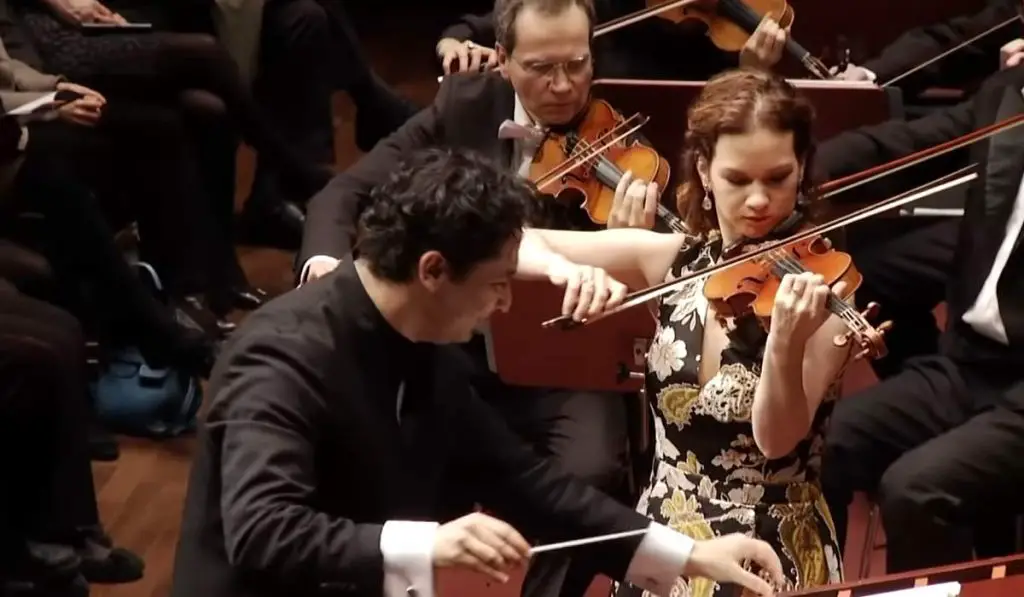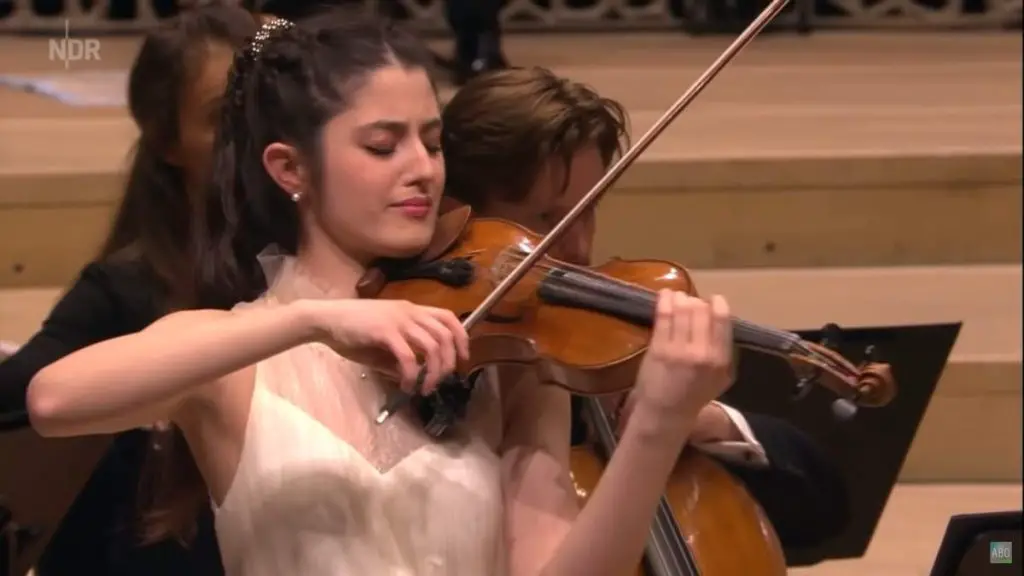Accompanied by the Orchestre Philharmonique de Radio France, Russian-born Israeli violinist Maxim Vengerov performs German Romantic era composer Max Bruch’s (6 January 1838 – 2 October 1920) Violin Concerto No. 1 in G minor, Op. 26, one of the most popular violin concertos in the classical repertoire. Conductor: Pablo Heras-Casado. Excerpt from the concert given on December 3, 2021, at the auditorium of the Maison de la Radio et de la Musique.
Programme
With starting times in the video:
- 00:03 : I. (Vorspiel – Allegro Moderato)
- 06:52 : Cadenza
- 08:25 : II. (Adagio)
- 16:55 : III. (Finale – Allegro Energico)
Max Bruch’s Violin Concerto No. 1
When Max Bruch began composing his First Violin Concerto, he had never before written such an ambitious instrumental work. Later, he will say that he reworked it half a dozen times before reaching its final form. The creation of a first draft leaves him unsatisfied. He sends the score to the violinist Joseph Joachim, who offers him a large number of modifications.
He also sought the advice of his friend German virtuoso violinist and composer Ferdinand David.
Movements
- Vorspiel: Allegro moderato (in G minor). The first movement, entitled Vorspiel (“Prelude”) is unusual in that it is a Vorspiel, a prelude, to the second movement, and is directly linked to it. If Bruch hesitates in writing the solo part, he may also have wondered how the public would react to the formal structure which deviates in places from the usual patterns. Thus, the piece starts off slowly, with the melody first taken by the flutes, and then the solo violin becomes audible with a short cadenza. This repeats again, serving as an introduction to the main portion of the movement, which contains a strong first theme and a very melodic, and generally slower, second theme. The movement ends as it began, with the two short cadenzas more virtuosic than before, and the orchestra’s final tutti flows into the second movement, connected by a single low note from the first violins.
- Adagio (in E-flat major). The slow second movement is often admired for its melody and is generally considered to be the heart of the concerto. The themes, presented by the violin, are underscored by a constantly moving orchestra part, keeping the movement alive and helping it flow from one part to the next. It does not begin with an orchestral exposition, but with an alternation between the orchestra (which enters on an astonishing roll of the timpani pianissimo) and the soloist whose phrases seem to be improvised. As usual, the Allegro moderato contains two themes: both intensely lyrical, the first darker and more feverish, the second more serene. But it thwarts traditional symmetries (this will also be the case with the following movements).
- Finale: Allegro energico (in G major). The third movement, the finale, opens with an intense, yet quiet, orchestral introduction that yields to the soloist’s statement of the energetic theme in brilliant double stops. It is very much like a dance that moves at a comfortably fast and energetic tempo. The second subject is a fine example of Romantic lyricism, a slower melody that cuts into the movement several times before the dance theme returns with its fireworks. The piece ends with a huge accelerando, leading to a fiery finish that gets higher as it gets faster and louder and eventually concludes with two short, yet grand, chords. Bruch once affirmed that his passion for the string instrument which, in his own words, “can sing a melody better than a piano, and the melody is the soul of music”. The Finale Allegro energico stylizes a popular dance, with a few discreet Magyar accents, perhaps in reference to the Hungarian origins of Joseph Joachim. Its elegance holds back the ostentatious technical demonstration. Despite the diversity of instrumental gestures, the discourse never gives the impression of being disparate. Proof that Bruch’s score is not only a great violin concerto, but also one of the masterpieces of its time.
Sources
- Violin Concerto No. 1 (Bruch) on Wikipedia

